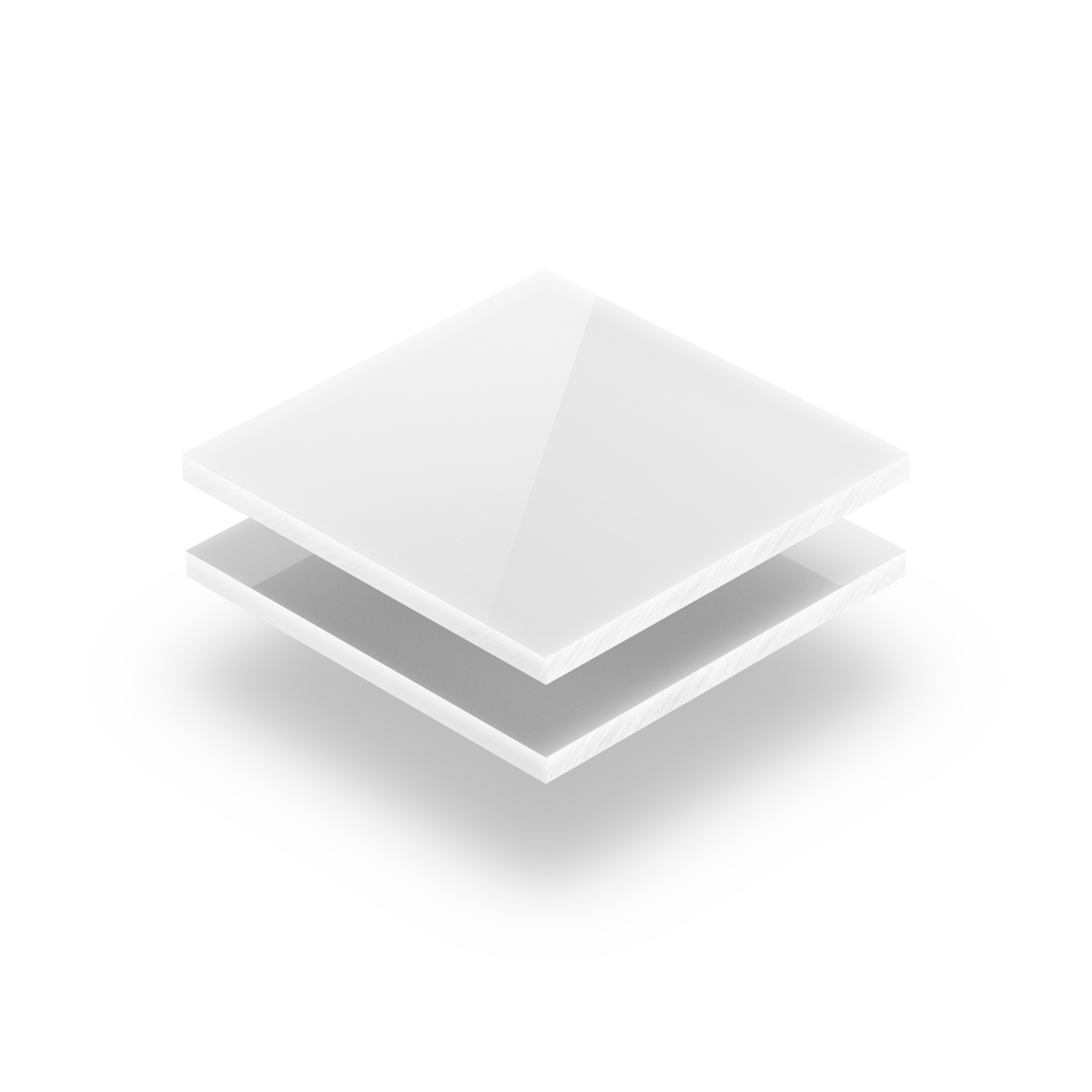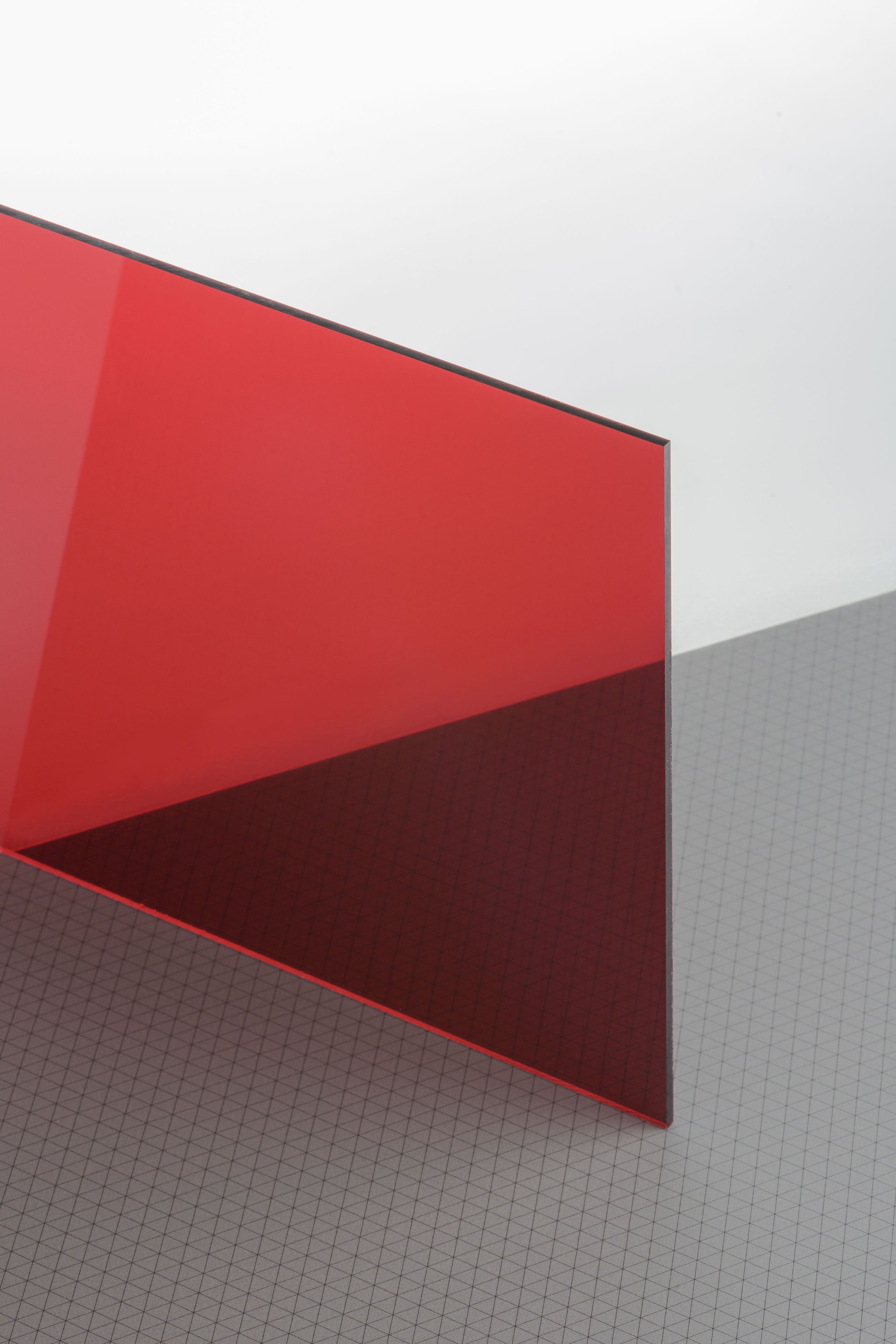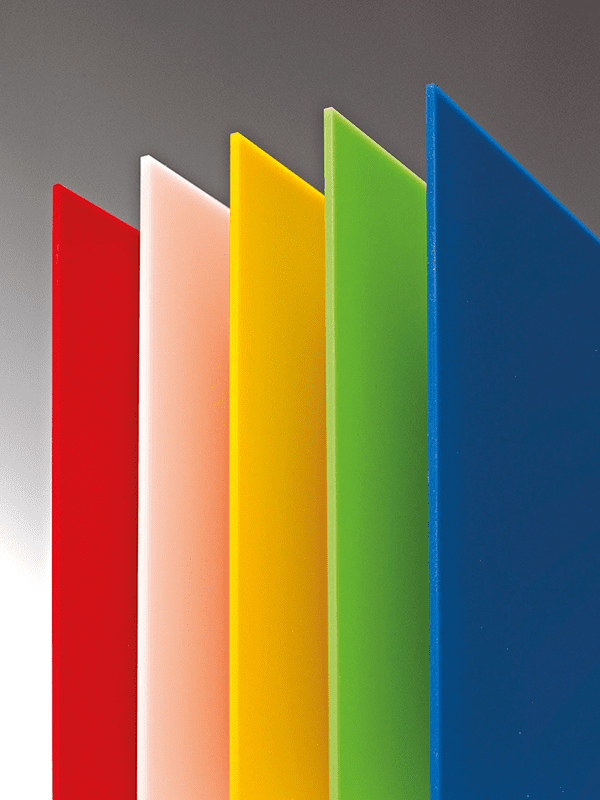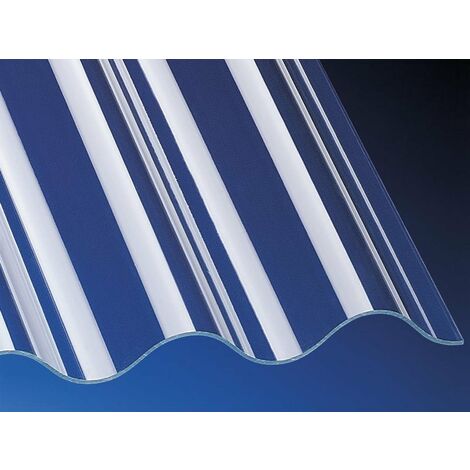Acrylglas, also known as acrylic glass, is a high-quality thermoplastic that is renowned for its excellent clarity, strength, and durability. It is often used as a substitute for glass because it is lightweight, shatter-resistant, and more impact resistant than most types of glass. Acrylglas is also highly resistant to weathering, chemicals, and UV light, making it ideal for use in outdoor applications.
Plexiglas, on the other hand, is a brand name for a specific type of PMMA plastic that was first developed by Rohm and Haas in the 1930s. Today, Plexiglas is widely used in the automotive, construction, and aerospace industries, among others. Like Acrylglas, it is known for its excellent clarity and strength, but it also has some unique properties that make it ideal for certain applications. For example, Plexiglas is more resistant to scratches and impact damage than Acrylglas, and it also has a higher melting point, which makes it better suited for use in high-temperature environments.
When comparing Acrylglas vs Plexiglas, it is important to consider the specific needs of your application. Both materials are versatile, durable, and high-quality, but one may be more suitable than the other depending on the specific requirements of your project. Whether you are looking for a material that is highly resistant to impact damage, UV light, or extreme temperatures, there is a PMMA plastic that is designed to meet your needs. By taking the time to compare the properties of Acrylglas and Plexiglas, you can make an informed decision and choose the right material for your project.
Found 8 images related to acrylglas vs plexiglas theme








acrylglas vs plexiglas
Acrylglas, also known as PMMA (Polymethyl Methacrylate), is a thermoplastic material that is chemically resistant, lightweight, and shatterproof. It also has excellent optical clarity and UV stability, making it ideal for use in applications where transparency and durability are essential. Acrylglas is often used in the automotive industry for car parts, in the construction industry for windows and signs, and in electronic devices for display screens.
Plexiglas, on the other hand, is a brand of acrylic sheeting owned by the company Altuglas International. It is similar to Acrylglas but is slightly more impact-resistant and has slightly lower optical clarity. Plexiglas is often used for applications that require high transparency and durability, such as aquariums, greenhouse panels, and wall partitions.
While Acrylglas and Plexiglas have some similarities, there are notable differences between the two materials. The manufacturing process for Acrylglas involves extruding the material as a sheet, while Plexiglas is produced by casting the material in a mold. Acrylglas is generally more cost-effective than Plexiglas, but the latter is more widely available and comes in a wider range of colors.
When choosing between the two materials for a specific project or application, there are several factors to consider. For instance, Acrylglas is more UV-resistant than Plexiglas and is also more scratch-resistant. Plexiglas, on the other hand, is more impact-resistant than Acrylglas and is less brittle. The choice between the two materials may also depend on the desired level of clarity, as Acrylglas has better optical properties than Plexiglas.
Common myths and misconceptions about Acrylglas and Plexiglas include the belief that they are interchangeable, that they are not suitable for outdoor use due to their UV stability, and that they are difficult to work with. In reality, both materials can be used in a wide range of applications and can be easily cut, drilled, and bonded.
When deciding which material to use for a specific project, it is important to consider the specific characteristics of both Acrylglas and Plexiglas. For example, if a project requires high impact resistance and durability, Plexiglas may be the better choice. However, if clarity and scratch resistance are important, then Acrylglas would be the better choice.
In conclusion, both Acrylglas and Plexiglas are excellent materials that offer unique properties and benefits. Ultimately, the choice between the two materials will depend on the specific requirements of the project or application. By understanding the differences between the two materials and carefully considering the specific needs of the project, it is possible to choose the ideal material for the job.
FAQs
1. What is the difference between Acrylglas and Plexiglas?
– Acrylglas and Plexiglas are both types of acrylic sheeting, but they are produced using different manufacturing processes. Acrylglas is extruded as a sheet, while Plexiglas is cast in a mold. Acrylglas is generally more cost-effective than Plexiglas, but Plexiglas is more widely available.
2. Which is better, Acrylglas or Plexiglas?
– The better material depends on the specific requirements of the project or application. Acrylglas is more UV-resistant and scratch-resistant than Plexiglas, while Plexiglas is more impact-resistant. Acrylglas also has better optical clarity than Plexiglas.
3. Can Acrylglas and Plexiglas be used outdoors?
– Yes, both materials are suitable for outdoor use. Acrylglas is more UV-resistant than Plexiglas and is therefore more suitable for outdoor applications.
4. Is Acrylglas or Plexiglas more scratch-resistant?
– Acrylglas is generally more scratch-resistant than Plexiglas.
5. What is the best way to work with Acrylglas and Plexiglas?
– Acrylglas and Plexiglas can be easily cut, drilled, and bonded. It is important to use the right tools and techniques when working with these materials to avoid any damage.
Keywords searched by users: acrylglas vs plexiglas acrylglas plexiglas, plexiglas oder polycarbonat, plexiglas acrylglas hornbach, acrylglas zuschnitt obi, plexiglas oder acrylglas für aussen, acrylglas zuschnitt, was ist kratzfester acryl oder plexiglas, was ist teurer plexiglas oder acrylglas
Tag: Album 77 – acrylglas vs plexiglas
Acrylglas oder Plexiglas® | Kunststoffplattenonline.de
See more here: cokhidongquang.com
Article link: acrylglas vs plexiglas.
Learn more about the topic acrylglas vs plexiglas.
- Plexiglass vs Acrylic: What’s the Difference? – Missouri Glass Co
- Acrylglas & PLEXIGLAS® Unterschied | Kunststoffplattenonline
- Was ist der Unterschied zwischen Acrylglas und PLEXIGLAS
- Plexiglas oder Acrylglas – das ist der Unterschied | FOCUS.de
- Unterschied zwischen Acrylglas und PLEXIGLAS(R)
- Verschil tussen Acrylglas vs Plexiglas – Nikkel-Art.be
- Foto op acrylglas of plexiglas – Nu met 60% korting!
- Was ist Acrylglas? Alles über Eigenschaften, Vorteile …
Categories: blog https://cokhidongquang.com/category/img
